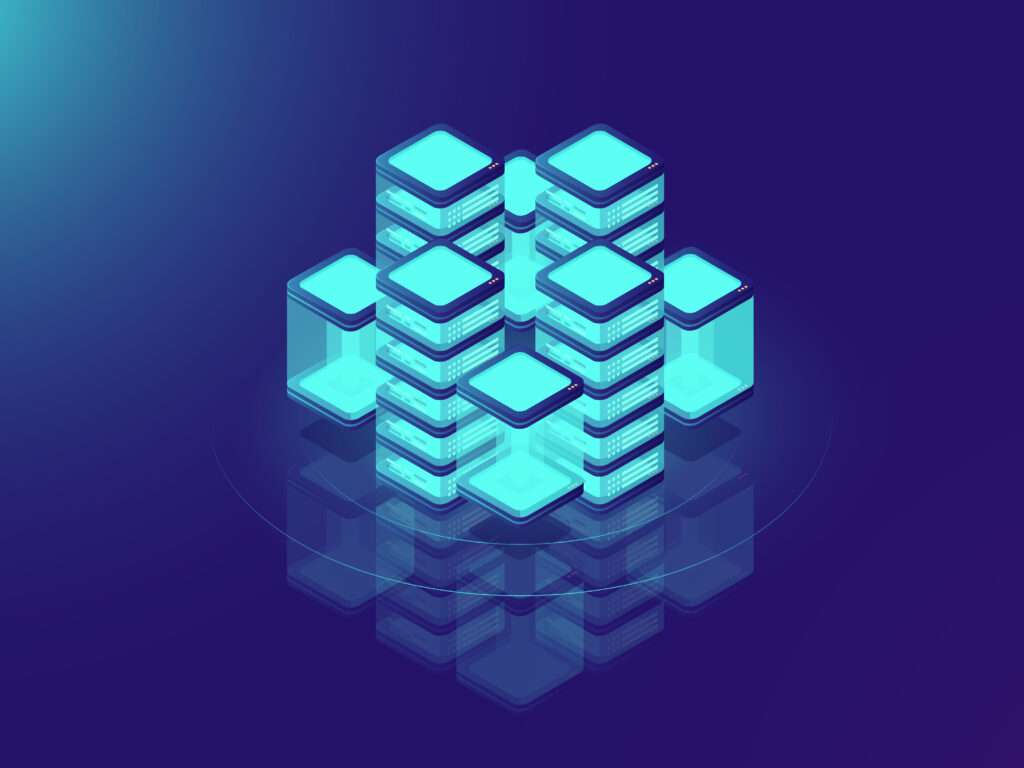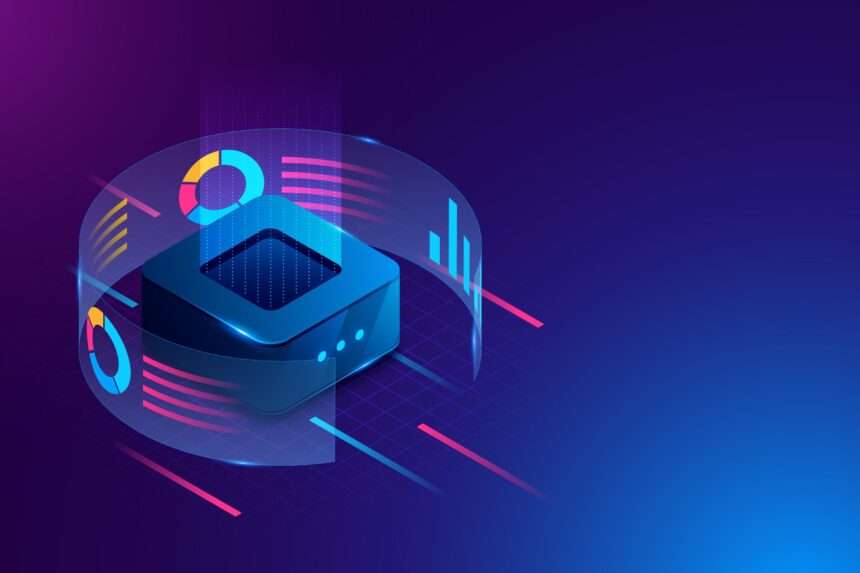Tokenized real-world assets can accelerate settlement, strengthen controls, and cut reconciliation work—if you design custody, identity, and disclosures correctly from day one.

RWA tokenization converts claims on real assets—cash, treasuries, funds, credit, real estate—into ledger-native tokens that can move and settle with programmable rules. The draw is faster operations, cleaner audit trails, and automated compliance; the guardrails are the same as traditional finance: strong custody, identity, disclosures, and supervision. Teams that succeed tend to start with a very clear product one-pager that defines eligible holders, transfer constraints, disclosure cadence, and redemption mechanics. That alignment prevents costly rewrites later, because engineering choices then follow legal obligations rather than the other way around.
What It Is in Plain English
Think of RWA tokenization as a new wrapper for the same legal product. The token doesn’t replace contracts; it reflects them. What changes is execution: eligibility checks and transfer limits can run automatically, and lifecycle events (issuance, redemptions, distributions) leave a tamper-evident trail. That trail simplifies reconciliations between business lines and service providers, especially when corporate actions or coupon events must be tied back to precise records. The wrapper also enables configurable investor protections: for example, preventing transfers to restricted jurisdictions by default, or pausing movement when a sanctions list update triggers a review.
Why Banks Are Piloting Now
- Operational speed: batched or near-instant transfers and programmable distribution rules make RWA tokenization attractive for cash, funds, and collateral moves.
- Control & auditability: on-chain logs plus off-chain docs simplify reconciliations and examinations.
- Market reach: standardized rails lower frictions across venues—subject to investor eligibility and geography.
There is also a practical resourcing angle: streamlined settlement reduces the number of manual touches per transaction and the volume of end-of-day exceptions that require senior review. In parallel, auditors get clearer evidence with fewer emails, which reduces the time your risk teams spend assembling ad hoc packets. When you add up those small frictions across a quarter, the operational benefit is measurable even before new distribution channels come into play.
Operating Models You Can Audit
| Model | Description | Pros | Cons | Best For |
|---|---|---|---|---|
| Issuer-Operator | Bank issues tokens and runs core rails in a controlled environment. | Max control; strongest posture for data residency & controls. | Higher capex/opex; specialist team required. | Tier-1/2 banks with capital-markets infrastructure. |
| Issuer + Qualified Custodian | Bank issues; regulated custodian manages keys and safekeeping. | Lower operational risk; insurance; SOC reports. | Vendor dependencies; integration effort. | Banks prioritizing speed-to-market with third-party assurance. |
| White-Label Platform | SaaS handles issuance, rules, and reporting under your brand. | Fastest launch; predictable fees. | Less flexibility; roadmap dependence. | Pilots and new product lines. |
Whichever model you choose, map responsibilities to named owners, define dual-control approvals for sensitive actions, and maintain a clear separation between configuration, deployment, and incident response. That clarity avoids “role sprawl” where too many people can change critical parameters without traceability.
Custody & Key Management (The Spine)
Custody decisions define the risk surface of RWA tokenization. Whether you use HSM/MPC self-custody with dual control or a qualified custodian with insurance, insist on signed artifacts, role separation, approvals for transfers, and tested recovery. Map responsibilities to named owners. Practice key ceremonies until they are routine, including drills where a key share is lost or a signer is unavailable. Document recovery time objectives and prove them in test. Treat administrative keys as crown-jewel assets with physical security, access reviews, and immutable logging.
Compliance You Must Design In
- KYC/KYB, AML, sanctions: identity proofing, ongoing screening, and case management. Chain analytics strengthen monitoring in RWA tokenization programs.
- Programmable restrictions: whitelists/blacklists, geography, investor eligibility enforced by the contract.
- Disclosures & reporting: lifecycle events (NAV, distributions, corporate actions) with verifiable audit trails.
- Reg perimeter: align with MiCA categories in the EU, securities/custody statutes, and FATF recommendations.
Controls should be testable: for example, stage a sanction-list update and verify that restricted holders are automatically prevented from receiving transfers, then confirm that the case is escalated and resolved according to policy. Write these tests into your runbooks so they become part of regular operations rather than one-off workshops.
Public vs Permissioned Rails
Public networks offer interoperability; permissioned ledgers offer tighter data controls. Many RWA tokenization pilots start permissioned and add bridges or export paths later. Whatever you choose, document how identity, finality, and upgrades are handled. Detail who can trigger contract changes, how quorums are enforced, and how clients are notified of breaking changes. Publish change logs and archive them for audits so external reviewers can trace how the system evolved over time.
TCO: What Really Drives Cost
Total cost in RWA tokenization is more than ledger fees. Budget for custody (HSM/MPC or qualified custodian), identity/AML stack, chain analytics, audits (SOC/pen tests), staff training, and regulator engagement. Track a 12-month TCO across setup, run, change, and risk buckets. Include the cost of observability: prompt, reliable access to logs reduces the hours risk and audit teams spend compiling evidence. In parallel, factor in the upside: fewer manual reconciliations, faster close processes, and lower exception rates all translate to predictable savings.

Implementation Roadmap (90 Days to Pilot)
- Pick a simple product: cash, treasuries, or a fund class—ideal for first RWA tokenization rollouts.
- Write the one-pager: who can hold it, where it moves, how redemptions and disclosures work.
- Choose custody: self with HSM/MPC or qualified custodian; define dual control and approvals.
- Wire compliance: KYC/KYB, sanctions, and chain analytics; document exception handling.
- Run a closed pilot: limited investors/partners, tight logs, incident drills, and post-mortems.
During the pilot, measure end-to-end settlement time, number of manual touches removed, exception rate per thousand transfers, and mean time to resolve a case. Also track change-management friction: how long it takes to push a parameter change, roll back, or rotate keys after a drill. These numbers equip you to answer stakeholders’ questions with evidence rather than projections.
Risk Register (Common Gotchas)
- Key mishandling: fix with HSM/MPC, dual approvals, and recovery drills—non-negotiable in RWA tokenization.
- Identity drift: stale KYC/KYB or sanctions lists; automate rescreening and record evidence.
- Upgrade risk: contract upgradability without governance; require admin quorums and on-chain notices.
- Jurisdictional leakage: transfers to restricted regions; enforce geographic rules in code and policy.
Two more subtle issues appear in production: role sprawl and logging gaps. Role sprawl happens when emergency access becomes permanent; prevent it with periodic access reviews and expiring privileges. Logging gaps emerge when components are updated without ensuring trace fields remain consistent; protect against that with schema checks in CI and a small, dedicated observability budget.
Proof & Authoritative Resources
Anchor RWA tokenization policies to recognized frameworks and publications:
- FATF — Virtual Assets & AML (identity, sanctions, Travel Rule)
- European Commission — MiCA Overview (token categories, issuer obligations)
- IOSCO — Global Securities Standards (disclosure, market integrity)
- BIS — Tokenization & Settlement Research
Use these sources as anchors in internal memos and RFPs. They provide a baseline for terminology, control expectations, and examiner questions, which shortens review cycles and keeps teams aligned.
Related Guides on Bulktrends
Bottom Line
Start RWA tokenization where controls are clearest—simple products, tight custody, clear identities, and scripted disclosures. Ship a closed pilot, measure real costs and frictions, then expand with confidence. If operations feel unremarkable and audits become easier, you’re on the right track; the point is not novelty but reliability.
Disclaimer: Requirements vary by jurisdiction. Align designs with your regulator and legal counsel before launch.






